The complexity of change: A closer look at the SFPD
San Franciso Police Department officers wear body cameras in the center of their chest (see left), brought on by police reform.
May 7, 2018
With police departments under constant scrutiny regarding use of lethal force, racial bias and scandals involving abuse of power, people want change- myself included.
At first glance, the San Francisco Police Department can be seen as a progressive template for police reform but they really exemplify the complexity of change, especially when it comes to racial bias.
An organization can update their technology and refine their policies but the question becomes how do we reform people’s mindsets when it comes to implicit bias that targets people of color leaving them feeling scared, angry and sometimes dead?
The SFPD is currently working in partnership with the U.S. Department of Justice’s Office of Community Oriented Policing Services to assess their department using the Collaborative Reform Initiative for Technical Assistance to improve trust between police agencies and the communities they serve by providing long-term, holistic strategy that identifies issues within an agency that may affect public trust, according to the SFPD website.
The improvements are seemingly subtle at the moment, keeping in mind that reform takes patience, but the changes can be looked at by other departments who are also willing to make change.
The department is making improvements such as increased involvement with the community, wearing body cameras and even refining hiring practices by looking more deeply into applicants’ backgrounds. Now, officers will be getting tasers.
Officer Luis Tillan explained to me that with the taser being taken away before and the ability to chokehold, the escalation of forces goes from verbal, physical, pepper spray, baton and then to lethal force.
“We went from baton straight to lethal force and that’s terrible,” said Tillan. “I don’t want to kill anybody.”
Tillan says if they had tasers to de-escalate before, Mario Woods would still be alive.
Woods was shot and killed by the SFPD in 2015 and the videos went viral, launching a monumental conversation about police accountability and the importance of de-escalation tactics. He could not be subdued by pepper spray or beanbag rounds, he was then shot to death.
Just before Woods was killed, the SFPD was already in the midst of another scandal. “A federal corruption investigation into warrantless searches conducted by plainclothes sergeants had turned up a series of racist and homophobic text messages sent between 14 officers,” according to the San Francisco Chronicle. These two events set the stage for a call to reform.
Some of the findings included in the assessments were that the majority of deadly use of force incidents by the SFPD involved persons of color and that the SFPD had not developed comprehensive formal training specifically related to use of force practices.
While positive changes are currently being made, an anonymous SFPD officer recently spoke out about alleged racism still existing within their department.
According to the San Francisco Examiner, former Officers for Justice head Lt. Yulanda Williams said, “This is getting ridiculous. We brought in a new chief to counteract this and especially to have zero tolerance for this type of conduct. If it’s still occurring, then we have not made the reforms that we claim that we are supposed to be about.”
The assessment also says while the SFPD has been willing to make a change, the SFPD’s efforts in setting rules, while a promising start, remain in developmental stages and have had little measurable impact. Most of the SFPD’s efforts to eliminate bias in policing do not seem to take into sufficient consideration past recommendations for improvement or garner the necessary organizational vision.
SFPD Lt. Aaron Lozada says the department is definitely making changes, moving forward and adapting.
“Police reform is actually very broad in general terms, but it means concepts have to change,” said SFPD officer Leonard Morrow.
Morrow also added that mindsets have to change as well.
“I’m fairly certain that officers with that type of negative beliefs and bias don’t work in the San Francisco Police Department,” said Lozada.
Conversely, data from all over the country in 2015 revealed, “Black American motorists were more likely to be stopped, searched and arrested than white drivers, even though they were no more likely to be carrying contraband,” according to an article in the race issue of National Geographic.
Black motorists in California are 1.5 times more likely to be stopped by the police, according to that same article.
In San Francisco, African-Americans accounted for about 5 percent of the population in 2016, according to the US census. That same year, they accounted for about 15 percent of the stops by the SFPD, nearly three times their shrinking population, making them twice as likely to be stopped compared to whites.
While talking to Tillan, although he made insightful comments about force and spoke admiringly about equal rights and not judging people by the color of their skin, he continued to refer to black people by stereotypical names in a way that would offend most people. I am not sure he realized what he was saying was offensive. That disappointed me when I was otherwise very pleased with the changes and influence the SFPD might have on other departments.
The SFPD officer who spoke out anonymously along with lawmakers and community members often suggest education about cultural sensitivity as a possible solution to cut back on racial biases.
Explicit racial biases existing within the SFPD is definitely up for question, but the implicit bias is there. The nature of implicit bias is that it is subconscious, we may not even realize that it is influencing our decisions. How does someone fix something they don’t even know is happening?
Is it even possible to change the mindset of officers that allegedly make these racist remarks or have racial biases through education?
“Do you know why people say education is the answer? Because it’s a very safe answer,” said Morrow. “What I believe is the best way, it’s not education; it’s experience.”
One of the changes brought on by the reform is increased community policing which encourages officers to engage with the community to bond and build trust.
SFPD Sgt. Domingo “Trent” Williams values education as a component to any kind of reform. However, he says that unfortunately when it comes to things like this, any real sustained change has to come from the inside out.
Williams is the vice president for the Officers for Justice and Peace officers association, an organization founded on the principles of police reform.
He says when it comes to racial bias, officers have to self-examine to see if what they’re thinking is affecting the way they’re policing. “To not think critically about your actions and the way you come up with your decisions, I think is naive,” said Williams.
The assessment recommends stronger community engagement, more department-wide training, and examining patterns in arrests and other interactions for potential disparities. With that being said the department should be taking an extremely critical look at officers’ pattern of interactions and arrests to determine whether or not the officer is policing with bias.
Williams echoes Morrow’s point about experience and increased community involvement when he says, “There’s nothing more engaging, dynamic and impactful than interacting with people in their own environment and not being in the confines or in the comfort of a classroom.”
There really isn’t just one way to eliminate implicit racial bias. It is everywhere. It’s in public policy, the police department, it’s even in Starbucks and it’s not going anywhere anytime soon. When it comes to the police, education is great. However, positively engaging with the community, in combination with fine-tuning hiring practices and increasing diversity, will help in a more effective way by enacting much-needed change from the inside out. If it actually works, other departments can look at the SFPD as a template for reform in the future.
Editor’s note: An earlier version of this article incorrectly stated Williams’ title as vice president of the Officers for Justice board and has been revised to reflect that the organization is an association, not a board.






















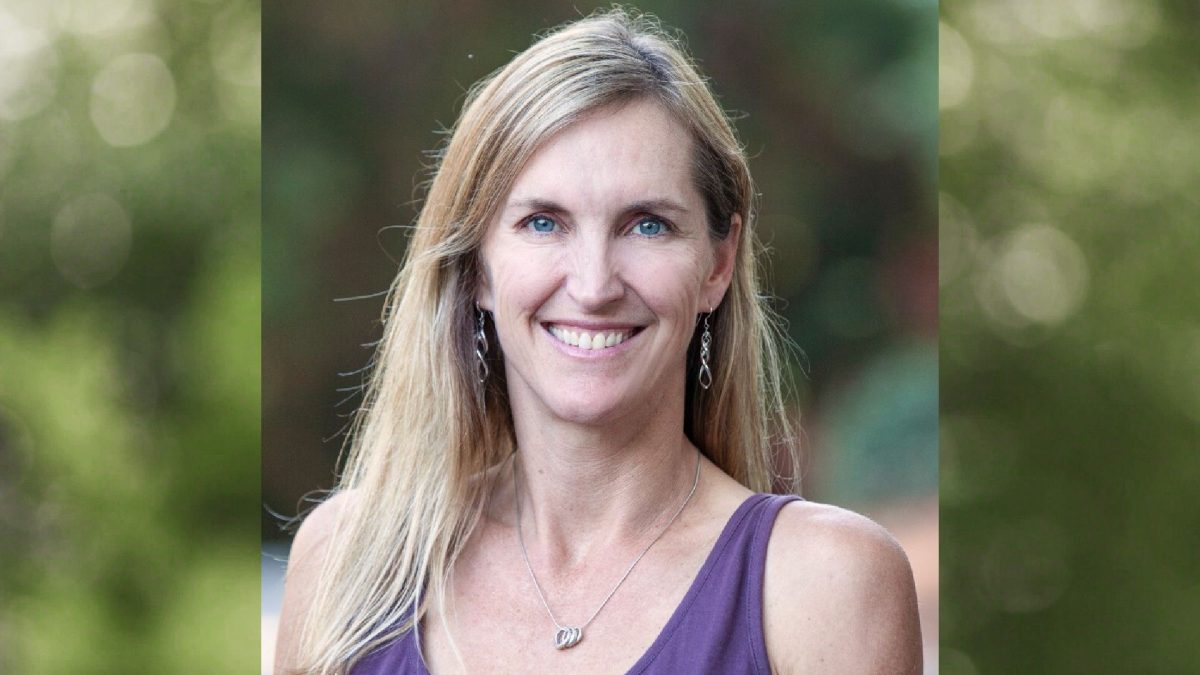















































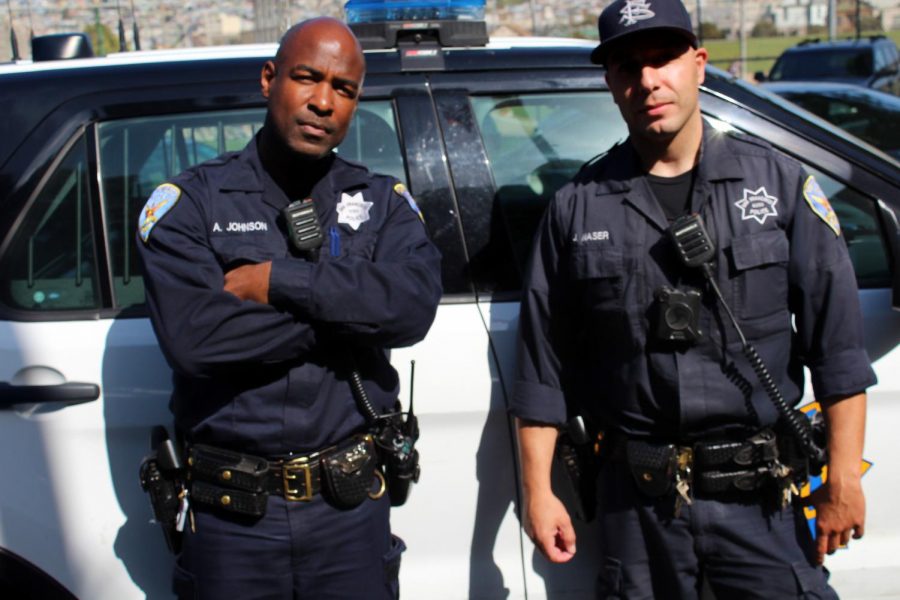



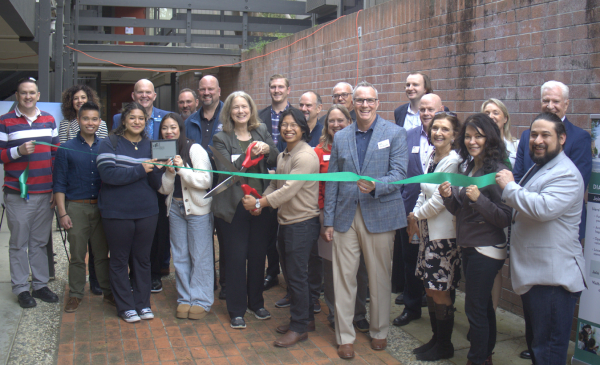

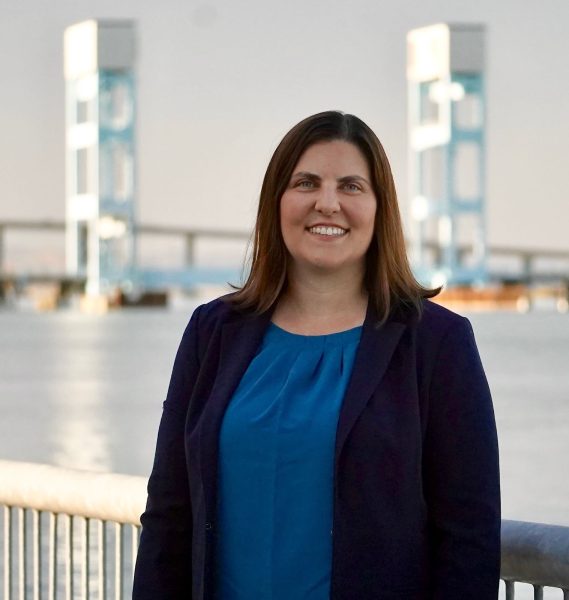

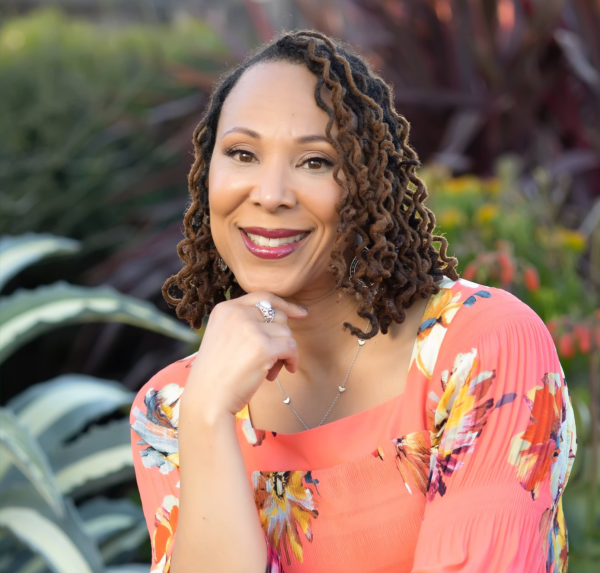

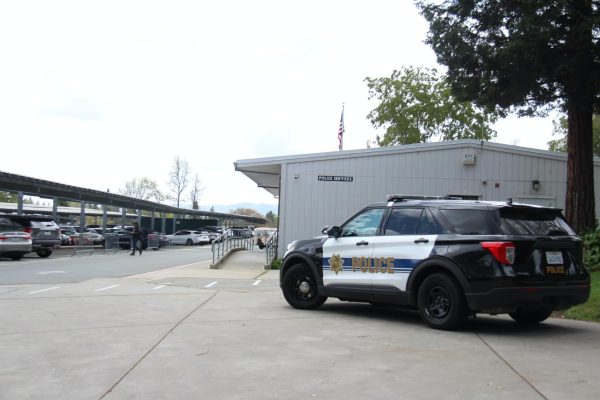
RICKEY BUSSEY • May 15, 2018 at 2:38 pm
Excellent article Ms. Sims! I especially love the part about implicit bias by police. I have a police officer friend who referred to minority neighborhoods as, “the real world.”
You can’t have this kind of predetermine thinking going into neighborhoods where you’re not familiar with the people.
If we’re going to get serious about reform, we have to punish those officers who commit the biases like we punish normal citizens who commits wrong doings.
My suggestion would be to train first.
After training, suspend officers on the first offense, and terminate them on the second offense.
It has to be a no-nonsense policy!
Also, I loved the part about officer Tillian speaking to you without knowing he had implicit bias.
Again, thank you for such a wonderful article Ms Sims.
Best of luck to you!
Kevin Allen • May 8, 2018 at 10:55 am
Amazing article! Well written and it should open the eyes up of first responders all over the nation.